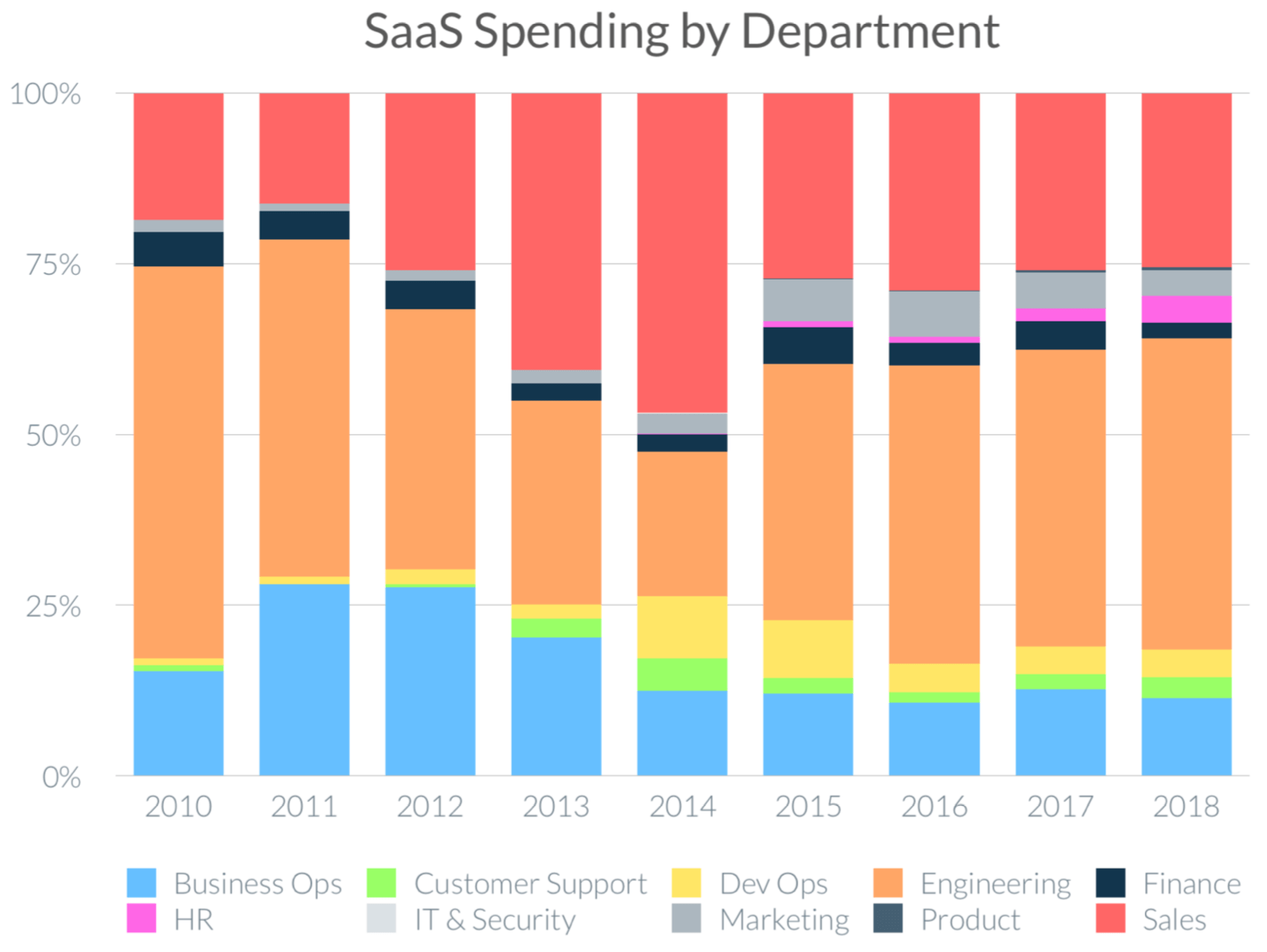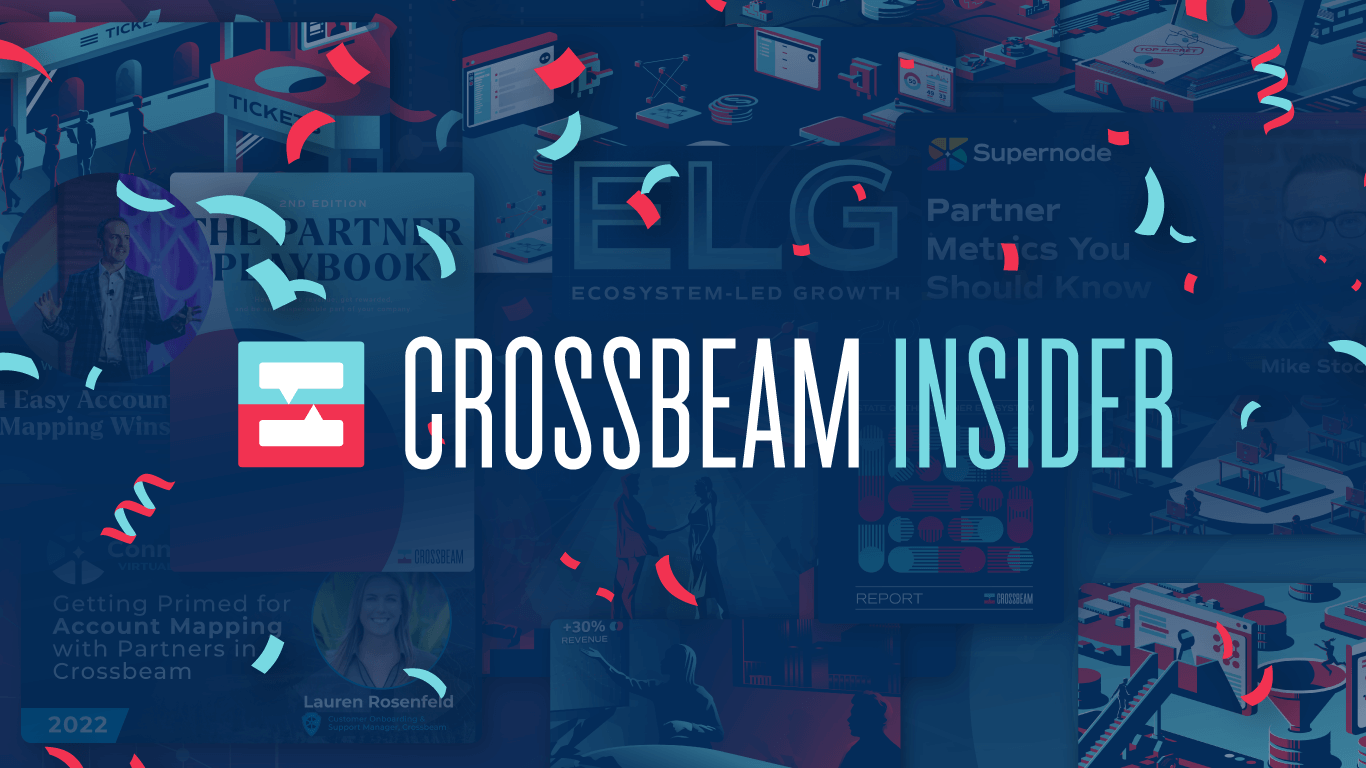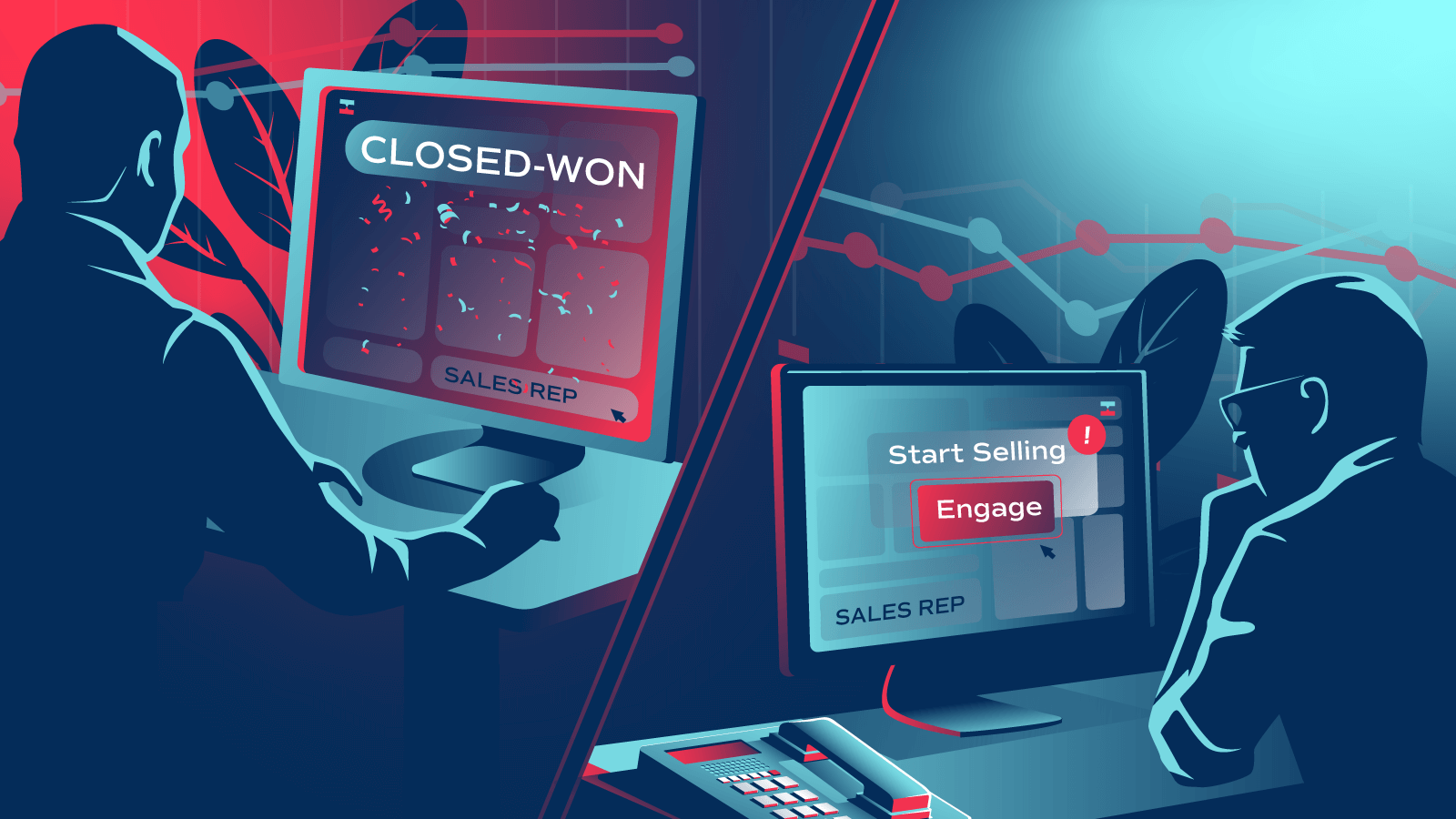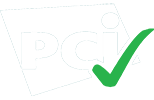Since the mid-2000s, Software-as-a-Service (SaaS) platforms have disrupted the way work is done by just about every employee of the modern enterprise.
Scan through a typical org chart and you’ll see the impact. New SaaS platforms have changed the way work is done by professionals in Sales, Marketing, Product, Engineering, HR, Operations, Finance, Customer Success, and more. Their Workflows, KPIs, and work product have all been disrupted for the better by SaaS innovation.

Source: Blissfully 2019 SaaS Trends Report
But this rapid shift has left one job function in the dust: Partnerships. Those working in the arenas of partners, alliances, channels, and business development are still dependent on messy spreadsheets and decades-old PRM solutions. But why?
Today we’ll explore the reasons behind this arrested development and the reason why, thankfully, the Partner Success revolution is finally happening now.
Partnerships Are Special
When we think about most teams in a modern enterprise — Sales, Finance, HR, and the like — three important facts are often taken for granted:
- Most, if not all, of the data they need to operate is internal to their company.
- Their department’s goals are met based on their department’s work alone.
- Their company can get value from a SaaS tool even if no other company uses it.
Partnerships are different because none of these paradigms hold true. Let’s explore why.
Difference One: The Data Gap
Consider a typical marketer. Their company owns the data, assets, resources, and platforms where work gets done. They can spend a given month buying ads that point to their pages, publishing on their blog, running their trade show booths, and sending emails in their marketing automation platform. Leads get logged in their CRM system, the data from all these platforms lands in their data warehouse, and they get measured against their company’s own goals. It’s a complex but self-contained system.
When it comes to partnerships, setting realistic goals, figuring out your next best action, and measuring success are all influenced by data outside of your organization. Your partners’ goals, customers, prospects, strategies, and team members all have a symbiotic relationship with yours. That means you can only see half of the picture through your own data.
Partner technology, therefore, has always had to operate in the absence of complete data. PRM systems have attempted to fill out this picture with painful crutches like lead registration forms, but the quality and reliability of this manually-entered data pales in comparison to the data other departments have at their disposal.
With this in mind, one clear reason why a modern SaaS platform for partnerships has not emerged is because the data required to fuel such a platform has simply not been available.
Difference Two: Stakeholder Creep
Marketing generates leads. Sales closes deals. Engineering ships code. Partnerships are different because the value they create is indirect. They serve as a force multiplier that creates value by influencing the output of other groups. Their outputs — new leads, better intelligence, higher close rates, smarter roadmaps — create value by making everyone else more effective.
This means that any SaaS platform that creates value through partnerships has to digitally interact with the systems of record for all those other departments. Doing so requires widespread adoption of cloud-based tools with APIs that allow for deep technology integrations. This is sometimes referred to as the maturity of the API economy. Widespread enterprise cloud adoption and API maturity are therefore prerequisites to any modern SaaS platform for partnerships.
Difference Three: Network Effects
Ready to add another entire dimension to the mix? One that really puts the icing on the cake of difficult-to-tackle technology problems? Here it is.
Not only does partnership software require interoperability between tech in different departments at any given company, it also requires interoperability between the different companies themselves. If I’m going to partner with you in a data-driven way, we both need to be on the same platform so that it can interact and compare our data side-by-side.
This creates a huge chicken-and-egg problem in which early adopters need to take on the risk of joining a platform or data network despite the fact that few or none of their partners are using it yet. The result is a painful friction preventing experimentation and iteration with new partnership software, requiring a huge collective leap in order to make progress.
Partnerships Had to be Last. Now it’s Finally Time.
As we’ve read, a confluence of complex problems had to be solved before a next-generation SaaS platform for partnerships could exist. Partnerships aren’t the last in line just by dumb luck — they had to be last. Sales, Marketing, and Product had to be revolutionized first in order to create the data and pathways for partnership software to succeed.
That time is here. Adoption of cloud software is widespread. The API economy is mature. A new era of technology partnerships, brought on by these very changes, is adding a new dimension of value to how companies form and invest in partnerships.
With the right tailwinds blowing and the external prerequisites checked off, we built Crossbeam to fill in the final piece of the puzzle. Here’s what it does:
- Seamlessly integrates with all major systems of record for sales pipelines and customer data.
- Allows companies to connect their data and partner at no cost on a large, global network of companies.
- Works as an escrow service for data, identifying and tracking every opportunity for partner companies to collaborate.
- Integrates into the workflows of team members, providing a stream of “next best actions” and data-driven insights about where and how to grow and get value from partnerships.
- Provides each company with complete control and ownership over how and when their data interacts with their partners.
If you’re curious to learn more about Crossbeam, sign up now and check it out for free.
Turn your ecosystem into your #1 revenue source
Get started in under a minute. Instantly capture insights from your partners. Identify more opportunities. Did we mention it’s free?










